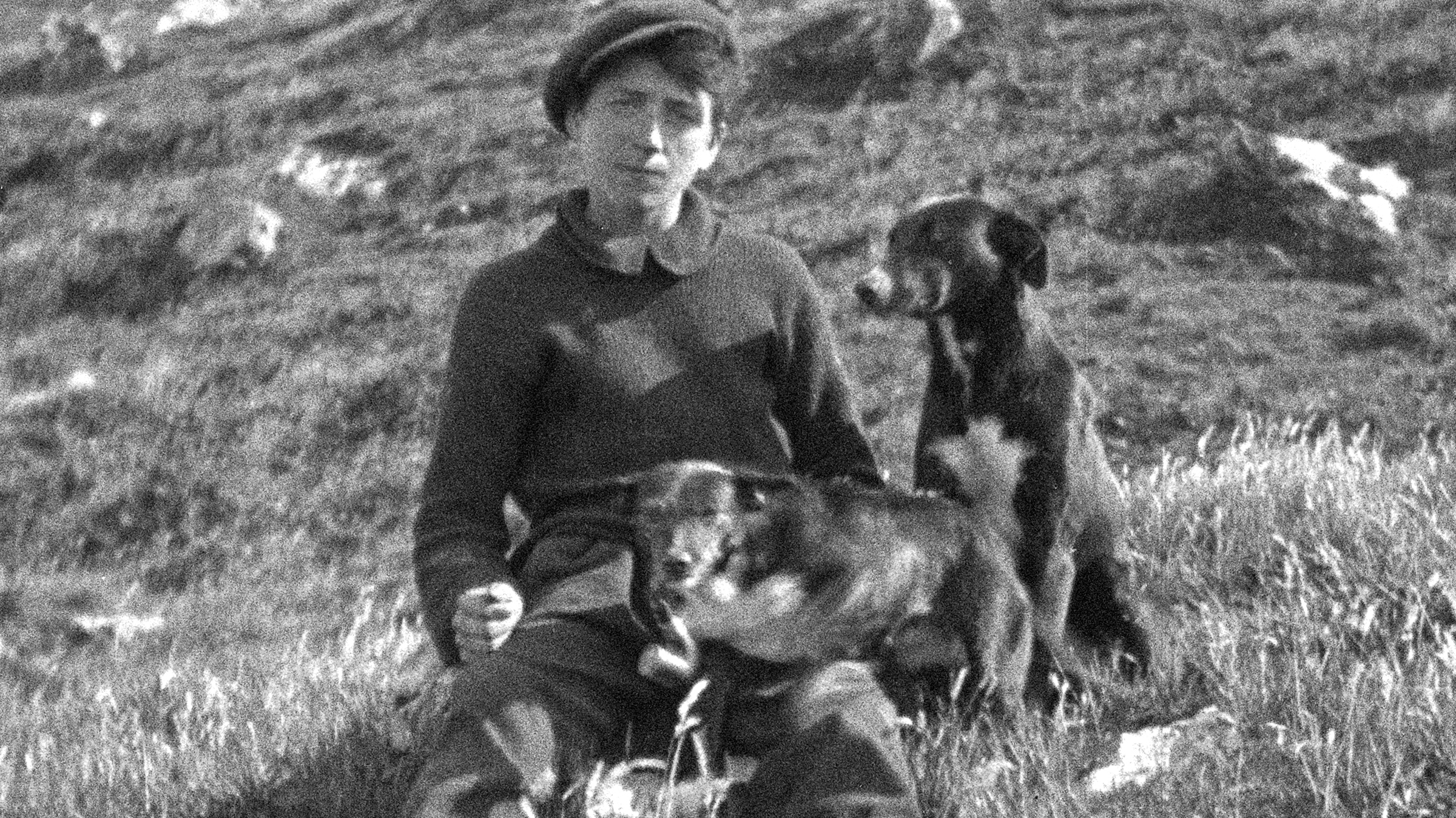FIERY EFFECTS | Given the choice between losing a film and being able to save it without color, many archives opted for the latter. And a good thing, too, or more of our silent film heritage could have been lost. But that choice resulted in a persistent misconception about the era’s films as strictly black-and-white. With the help of today’s versatile digital technologies, archivists are correcting that picture by adding the color back in. A spectacular case in point are the fiery effects in The Fire Brigade, unseen as it was intended since its initial release and recently restored by the Library of Congress. LOC’s Film Laboratory supervisor Heather Linville talks about the color processes used to pump up the drama in this MGM nail-biter and shares intriguing stories about the studio’s collaboration with the nation’s firefighters.
EMOTIONAL CUES | A Gesamtkunstwerk in the truest sense, Lupu Pick’s Sylvester would still be incomplete if not for the rediscovery of Klaus Pringsheim’s original score. Conceived without intertitles, the film also features performances absent any dialogue: the actors communicate with each other only through their body movements and facial expressions, making the music crucial as a kind of emotional map. It is fitting, then, that finding the score among Pringsheim’s papers in a Canadian archive proved crucial to the film’s reconstruction as well. Deutsche Kinemathek’s Julia Wallmüller, graduate restorer, and Martin Koerber, retiring this year as head of Audiovisual Heritage, discuss how they returned Sylvester to as close to its original state as possible.
ACCIDENTAL ANTHROPOLOGIST | In 1925–1926, during the early years of the Irish Free State, American naturalist Benjamin T. Gault spent time in west Kerry and Cork, collecting seabirds and other wildlife specimens. By that time filmmaking was a tool for documenting fieldwork, like notetaking, sketching, or photography. As a thorough scientist would, Gault also turned his lens on the wider habitat, capturing the area people as they went about their business, swarming out of church, gathering at the races, even goofing for the camera. Upon his return home, he filed his footage away and it was never seen. A search started by a curious local, Mícheál Ó Mainnín, who’d heard tales of Gault’s visit from his grandfather, led to the discovery of nineteen rolls of 35mm nitrate negatives among Gault’s fieldnotes at Chicago’s Academy of Sciences. Currently under restoration by SFSFF’s Robert Byrne and Kathy Rose O’Regan, with financial help from the Irish Film Institute, these freshly uncovered films offer a rare glimpse of a way of life ever more remote, but not quite forgotten.
Presented at SFSFF 2022 with live musical accompaniment by Guenter Buchwald

